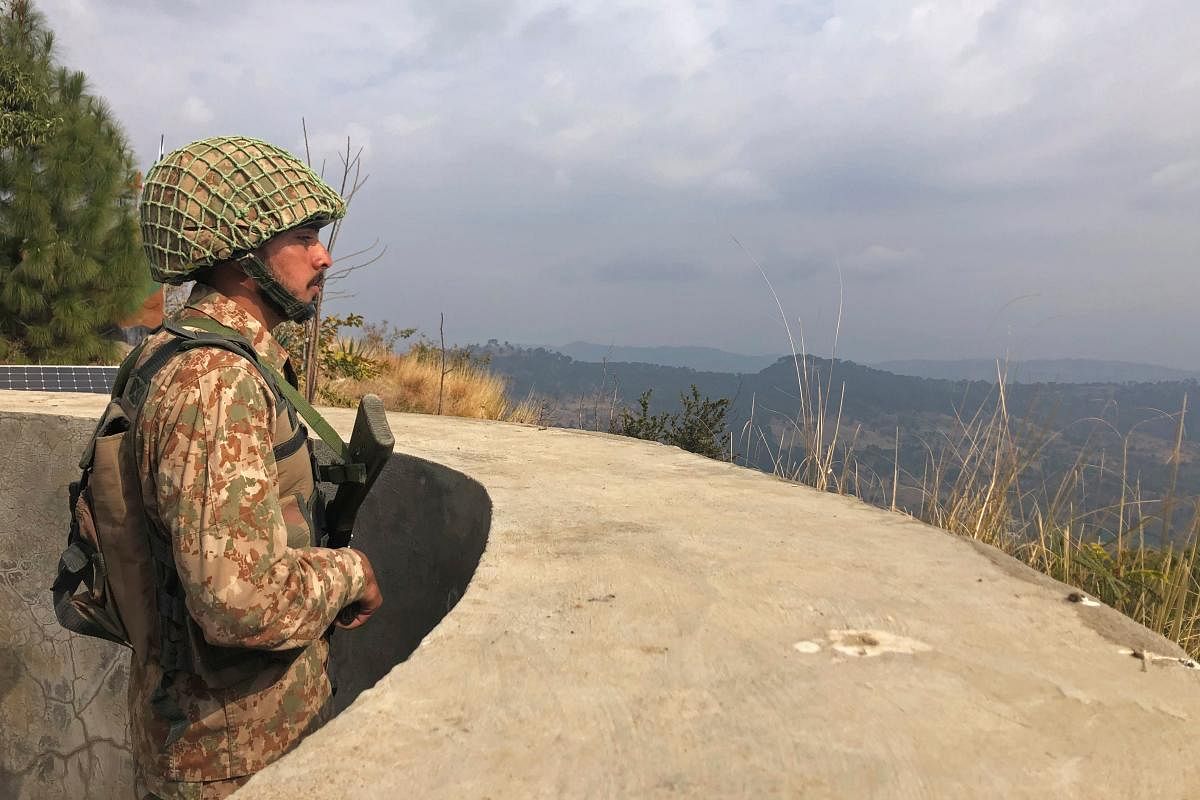
The realities of the defence budget seem to be blowing in the political wind and, despite claims to the contrary, the allotment for 2021-22 could at best be described as ‘more of the same’. An adverse turn in geopolitical ambience, signified by China’s exertions in Ladakh and the potential for worse to come, do not seem to have catalysed the political leadership to shift its priorities towards national defence.
For more than a decade, defence planners have been taking cognisance of the steady rise in the scope and scale of the Chinese threat, but this awareness among those in power has not had its logical impact on the defence budget. Countering the growing threat from China has been receiving more political lip support than budgetary support. Increases in budgets have been marginal, barely catering for inflation and forex changes. In the last decade, the defence budget rose at an average rate 9%, but it has been getting a progressively smaller share of the overall pie. Its share in terms of percentage of GDP and central government expenditure has been falling.
The increase in capital allotment from the FY21 Revised Estimate to the FY22 Budget Estimate is less than Rs 500 crore. It cannot meet even the committed liabilities. In short, modernisation is adversely affected due to budget constraints.
Undeniably, the political leadership has a wide canvas to cater for, and coupled with economic setbacks, accelerated by Covid-19, the allocation could be justified as a political choice. But choices have consequences and cannot be indifferent to national security dynamics. Such decisions impact the speed, scale and scope of military preparedness. What does not happen despite stagnation in the defence budget is the reconciliation of the political outcomes expected to be achieved by the military in the event of conflict. Such reconciliation must reflect in the political guidance that is informed by long-term resource availability and the emerging nature of threats.
For several decades, political guidance to the military has been oriented towards Pakistan as the immediate threat and China as the mid to long-term threat. However, now, there should be no doubt that the Chinese threat has arrived at our doorstep. The political objectives expected to be achieved by the military resides in a document called the ‘Raksha Mantri’s Directive.’ The Directive continues to lack parentage for the lack of a coherent National Security Strategy. The Defence Planning Committee, headed by the NSA, was assigned this task two years ago. Nothing has emerged so far. In essence, the Directive is shaped by inputs not flowing from requisite logic and awareness. Only the adoption of and adherence to the dictates of a politico-strategic approach can provide the desired inputs.
It is high time the political choice of long-term financial commitments is followed up by political guidance that is informed of resource constraints. The first and foremost measure is thus a political one. But that can be determined only after a sustained Civil-Military dialogue process, to reconcile the political objectives with the resources being made available. The dialogue is complicated because military planning is a long-term process and is not about the annual budget per se. The difficulty is compounded because of the clash between the natural proclivity of politicians for the short-term outlook in terms of results and the irrefutable need for the long-term view in strategic affairs.
The military strategy that emerges should be cognisant of China’s strategy of constraining the growth of India’s maritime power by drawing away resources towards its continental borders with China and Pakistan. This is so because China’s strategic anxiety is derived from the growing maritime contestation in the Indo-Pacific. The capital budget for each Service must be prioritised only after the military leadership has reached a consensus on translating the expected political outcomes into the varied types of conflicts it has to be prepared to fight.
Evolving Joint and Service-specific doctrines for the anticipated military operations is the next process, and it has the potential to alleviate to a large extent the problem of resource constraints. But this requires original and innovative thinking that must be steeped in the Indian context and shaped by indigenous factors. Though there is lot to learn from the experiences of others, blind imitation must be avoided and supremacy accorded to the envisaged strategic contexts. This has to be followed by deciding on various types of military power required to fight the envisaged operations and informed by what can be afforded. A revised 15-year Long Term Perspective Plan should be the end-product, which must have political approval of the Cabinet Committee on Security. The entire exercise will have to be spearheaded by the CDS while wearing his hat of the Permanent Chairman-Chiefs of Staff Committee.
Arriving at a Joint Services consensus on types of conflicts to prepare for will be challenging. But what will be much more difficult to resolve will be the decisions on meta-issues like the balance to be struck between continental and maritime power and other issues involving kinetic and non-kinetic weapons, firepower and manpower, offensive and defensive forces, ground and aerial platforms, manned and unmanned platforms, specific and hybrid platforms, undersea and surface platforms, Special Forces and regular, etc.
The political economy can be overwhelming, but it cannot justify parliamentary choices that weaken constitutional obligations to defend the country. Be that as it may, the political and the military leadership have their tasks cut out to manage enlarged geopolitical threats without a concomitant increase in financial resources. The politicians must institutionalise interactions with the military. The military leadership has to close ranks, look beyond their narrow Service-specific domain and indulge in giving and take. Time is of the essence
(The writer is Director, Strategic Studies Programme, Takshashila Institution, Bengaluru, and former Military Adviser, National Security Council)